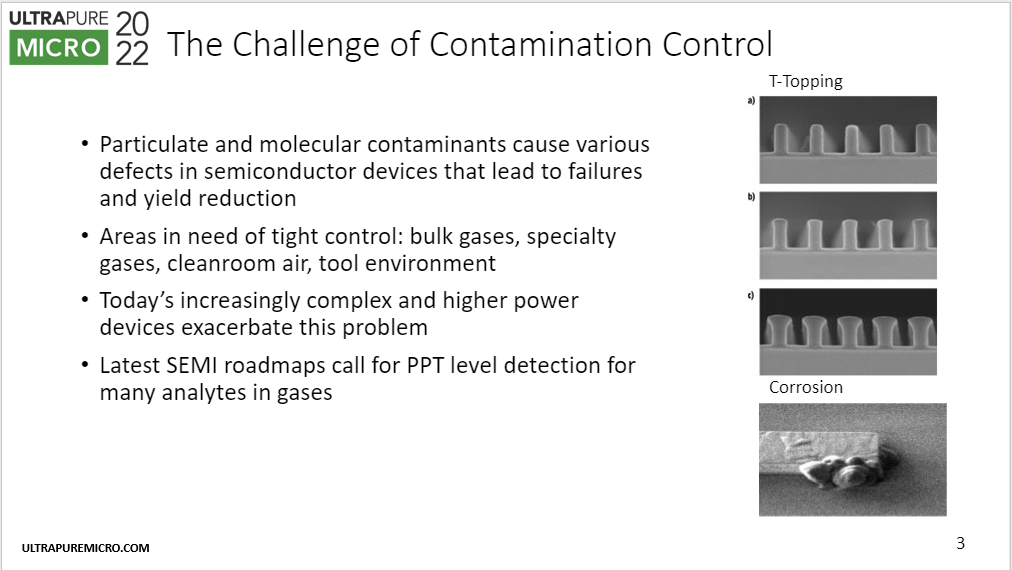Can THM monitoring and removal be improved in high-purity water applications
Date Published 2016 | UPW journal archive
To access our resources you will need to be a member of UltraFacility, log in to your account or purchase a membership to view this content.
In water treatment history, the problem of increased concentration of disinfection byproducts (DBPs) started to emerge in the early 1900s. This is when chlorine (and ozone) started to be applied as primary disinfection agents for drinking water. A reaction of the disinfection agent with organic compounds present in water often leads to the formation of various types of DBPs. Throughout the years, with a growth in awareness around the negative impacts of DBPs on human health, previously underutilized DBP removal technologies gained importance while new ones have also been developed.
Related content
Development of an Online Urea Monitor for Ultrapure Water Production in Semiconductor Fabrication Plants

Multi-Species PPT-Level Impurity Detection in Electronic Bulk Gases Using Atmospheric Pressure Ionization Mass Spectrometry
THM – A Novel Sustainable Approach as a Global Solution for UPW Applications
Can advanced oxidation technology help control TOC in semiconductor water?
Back to results